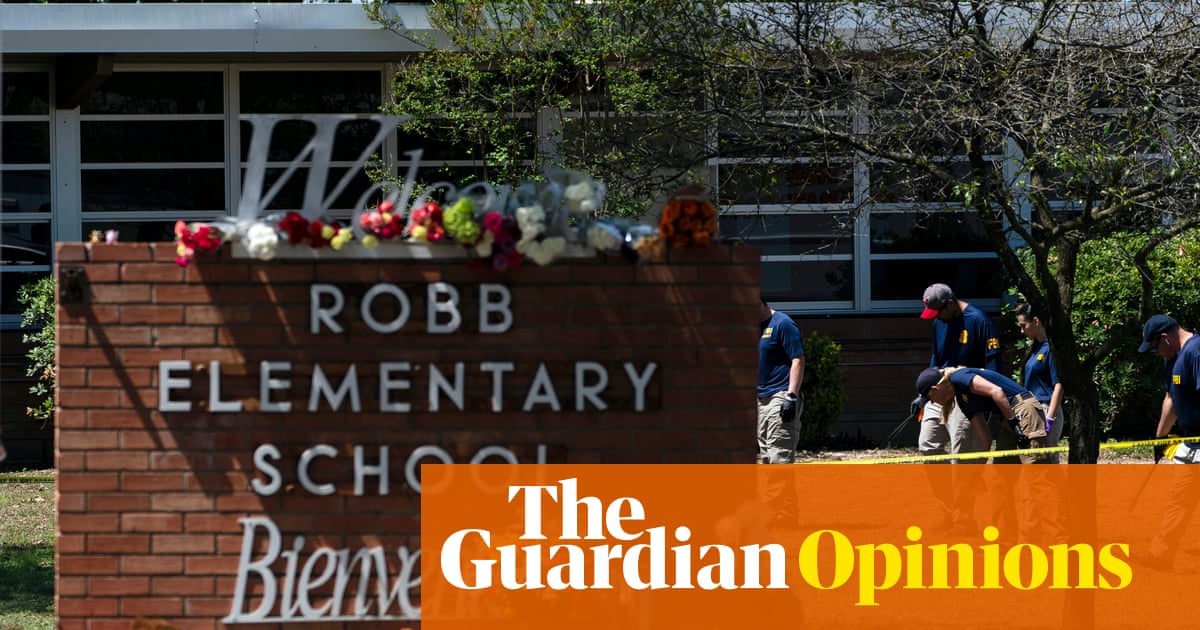Make America Healthy Again: A Critical Examination
The slogan “Make America healthy again” resonates with many, as there’s a shared acknowledgment that health in the US has room for significant improvement. Robert F. Kennedy Jr., the US Secretary of Health and Human Services, recently released a report highlighting the pressing health challenges facing the nation. The report primarily focuses on high rates of obesity, mental health issues, and chronic diseases—but surprisingly, it allocates a mere 10% to the issue of vaccine skepticism and neglects systemic socioeconomic factors that contribute to these health crises.
The Omission of Gun Violence and Traffic Accidents
One glaring oversight is the report’s silence on the two leading causes of death for American children: gun violence and road traffic accidents. It’s alarming to note that American children are more likely to die in their first 19 years due to these factors than in countries with comparable health metrics. This reality raises critical questions about the report’s comprehensiveness. How can a document aimed at improving health overlook the unique American burden of disability and death linked to firearms and vehicular accidents?
Gun Violence as a Leading Cause of Death
In 2020, gun injuries surpassed car crashes to become the leading cause of death among children and adolescents in the US. From 2019 to 2021, gun-related deaths surged by 50% for this age group, contrasting sharply with the statistics from other developed nations. For instance, in 2019, the US reported gun homicides at nearly 100 times the rate of Britain. Even Canada, a country known for high civilian gun ownership, experiences significantly fewer gun-related deaths—about seven times less. Countries like Japan and South Korea stand out even more, with virtually no gun deaths annually.
The daily occurrence of mass shootings has desensitized the public to the point where such tragedies often fail to make headlines. This normalization breeds complacency, leading to a horrifying acknowledgment that for many children, being shot at school is an all-too-common reality. Yet, these gun violence figures are conspicuously absent from the discussions around “Making America healthy again.”
Road Traffic Accidents: The Hidden Crisis
Equally pressing is the issue of road traffic accidents, contributing significantly to childhood fatalities in the US. In 2021, over 43,000 lives were lost in roadway tragedies, a stark contrast to Japan’s fewer than 3,000. The disparity is not coincidental; vehicle specifications play a critical role. The predominant vehicle in Japan, known as a Kei car, weighs significantly less than the popular American pickup truck, which has been linked to a higher likelihood of severe injury or death in collisions involving children.
Research indicates that children are eight times more susceptible to fatality in a crash involving an SUV compared to a standard car. The sheer weight and size of vehicles in America, along with visibility issues for drivers, make for perilous conditions for young pedestrians and passengers alike.
The Challenge Ahead for Public Health
Identifying gun violence and road traffic accidents as public health crises is merely the first step. The stark differences in child mortality rates between the US and other countries call for urgent action. Public health agencies like RFK Jr.’s must amplify these critical issues, shifting focus from mere acknowledgment to actionable insights.
Addressing these tragedies—especially in a way that might conflict with individual freedoms regarding gun ownership or vehicle preferences—presents a complex challenge. However, nations like Japan and various European countries demonstrate that robust public health policies can coexist with personal liberties, prioritizing the well-being and safety of citizens.
A Call to Action for Health Policy Reform
To genuinely “Make America healthy again,” the US government must confront the grim statistics surrounding gun violence and road traffic fatalities. Only by acknowledging these realities and pursuing comprehensive systemic changes can the nation aim toward a healthier future. After all, true health is predicated on the very foundation of being alive and safe from harm.


